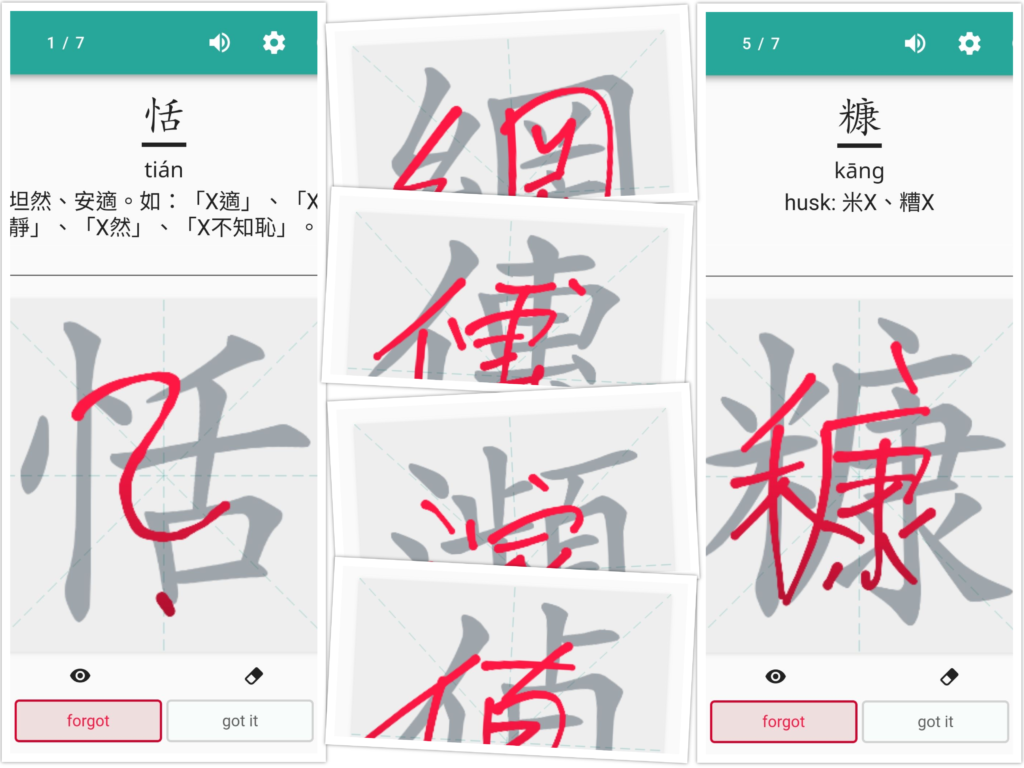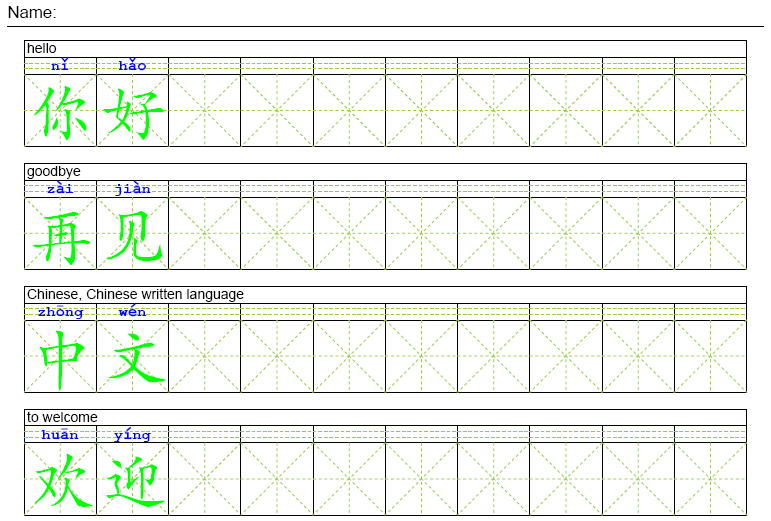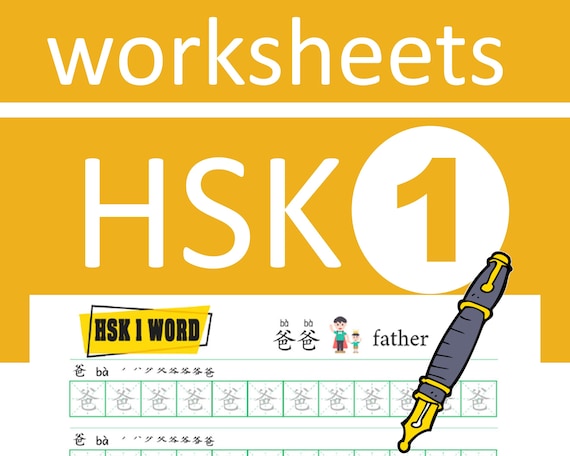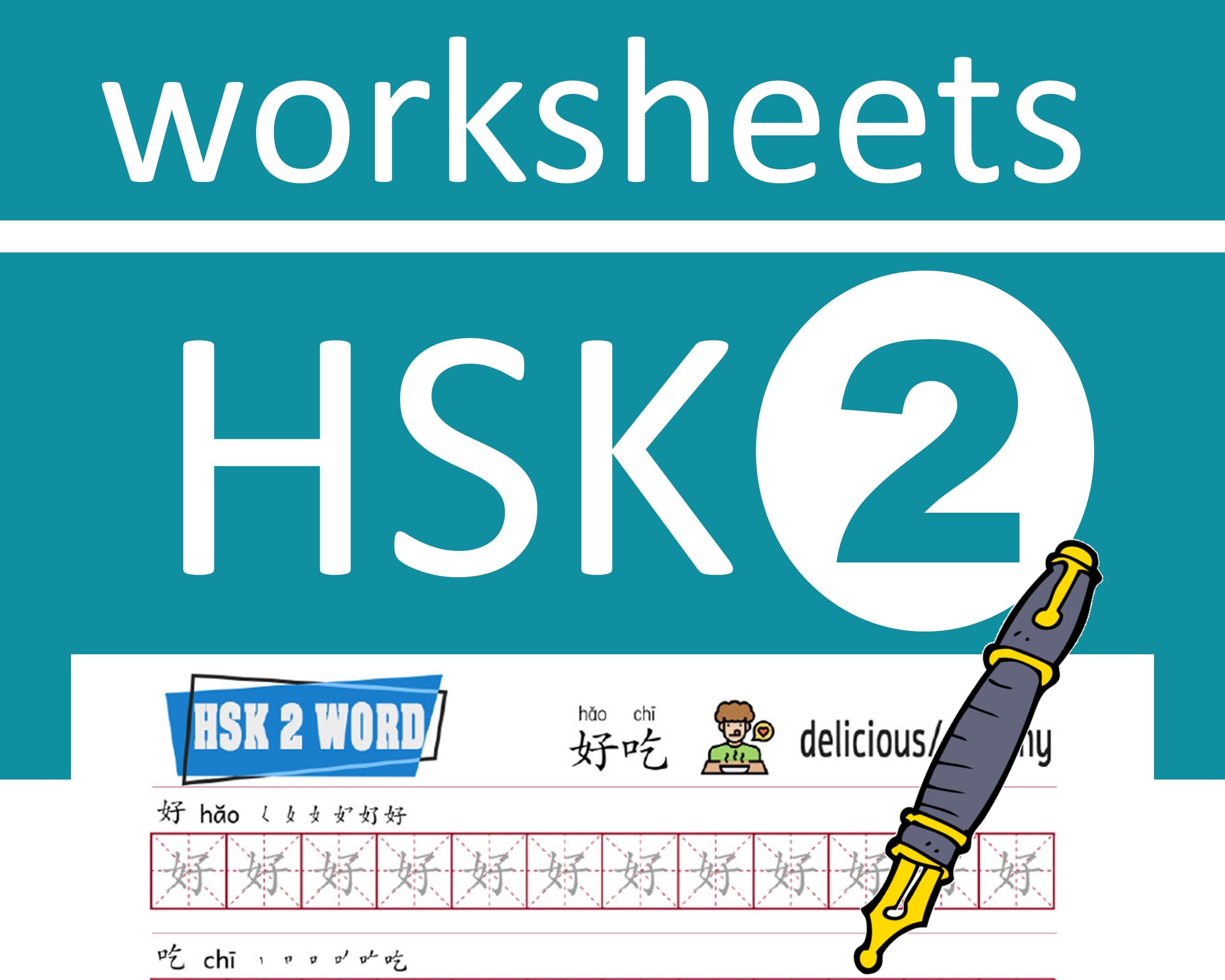
This was because these unchanged characters were already so simple that there was no need to re-structure them for further simplification. In light of this, while some complicated characters were changed into simpler versions in the simplified Chinese system, a certain number of them still carried over without any change. The Simplified Chinese script originally was absolutely no different from Traditional Chinese in terms of either vocabulary and syntax, just in the fact that most of the characters used to write out the text were literally simplified – many subtleties were removed and the characters were reduced to more basic patterns that were easier to memorize and write out.īelow is a small table for comparison of a few Chinese characters between their Traditional and Simplified writings: MEANINGSĪs we can easily notice, the patterns of the Traditional version of the characters appear much more complex than their Simplified "counterparts".Īll Chinese characters, be it Simplified or Traditional, were originally the same. Simplified Chinese (sometimes also as "Chinese Simplified ") is exactly that – simplified. These characters have grown very subtle and complex over the long time of history, and learning to write Chinese characters could sometimes be a challenge even for the natives.

It’s a very complicated writing system – as you know, Chinese language doesn't use alphabetic/phonic letters the way Western languages do – we use characters that can stand for a variety of things.

Check below for an example:Īs its name indicates, Traditional Chinese (sometimes also as "Chinese Traditional") is a traditional version of text that had been written by Chinese people for thousands of years. The Traditional characters are usually more complicated and use more strokes / radicals, while the Simplified characters are in simpler structure with fewer strokes. The most noticeable difference between the Simplified Chinese and Traditional Chinese might be the appearance / structure of the characters. The Core Difference Between the Traditional and Simplified Chinese - the Structure of Characters Simplified Chinese & Traditional Chinese, Which One Should I Choose For My Translation?.Traditional, Which Version Should I Study if I Plan to Learn the Chinese Language? Debates Over Pros & Cons of Simplified Chinese and Traditional Chinese.Simplified, Traditional - Are they Mandarin or Cantonese?.

Simplified, Are They Mutually intelligible? Where are the Traditional and Simplified Chinese Used Respectively.The Principals Behind the Simplification Process.Historical Evolution of the Traditional and Simplified Chinese.Traditional & Simplified - Why Do the Chinese People Write in Two Different Sets of Characters?.Different Numbers of Characters in These Two Sets.Different Usage of Words / Phrases Between the Simplified & Traditional.The Core Difference Between the Traditional and Simplified Chinese - the Structure of Characters.You might be wondering: why do the Chinese people write in two different versions? WHAT ARE THE DIFFERENCES between the Traditional and Simplified Chinese? Which language should I learn? Which version shall I translate my text into? Let's get ready to dive deeper by choosing one of below headlines to read along: There are two distinct sets of WRITING SYSTEMS for the Chinese language - the Traditional Chinese and the Simplified Chinese. People in Mainland China & Singapore write / read in this version of Chinese text. It was adopted and standardized as the nationally official written text by the Chinese government in 1950's. S implified Chinese: A writing system containing characters with fewer strokes and simpler structures (compared to the Traditional version). Nowadays, it's the WRITING system mainly used in Hong Kong & Taiwan. Its characters often appear to be more complex and contain more strokes.

T raditional Chinese: As its name indicates, it's a traditional version of text/scripts that had been written by Chinese people and continuously evolved for thousands of years. Simplified Chinese Fast Facts About the Two Chinese Writing Systems


 0 kommentar(er)
0 kommentar(er)
